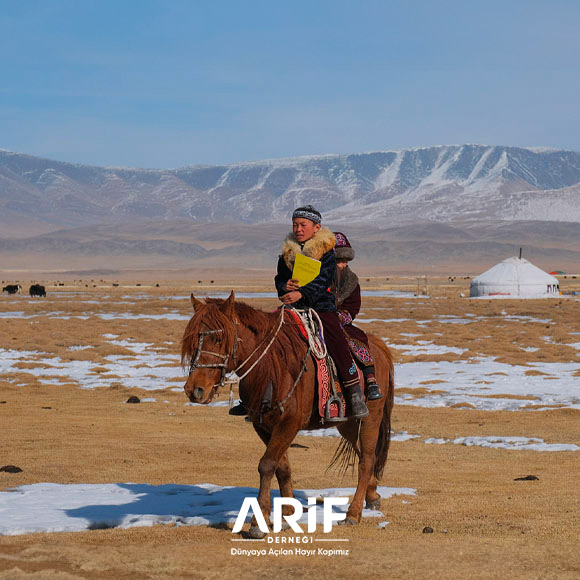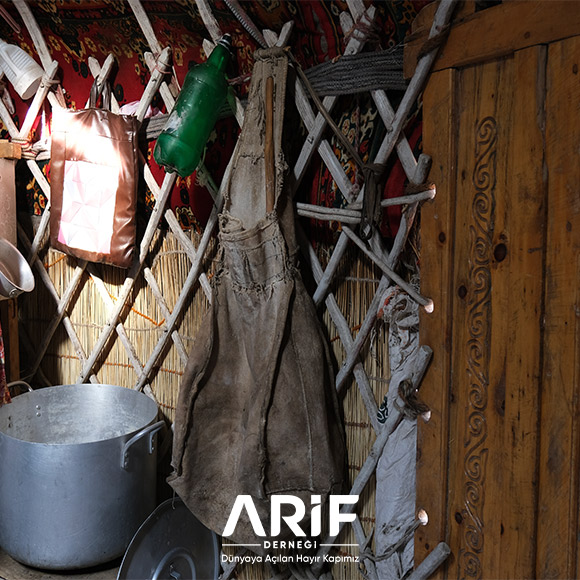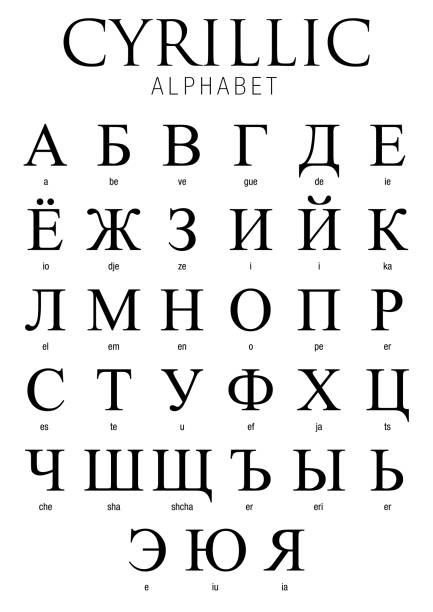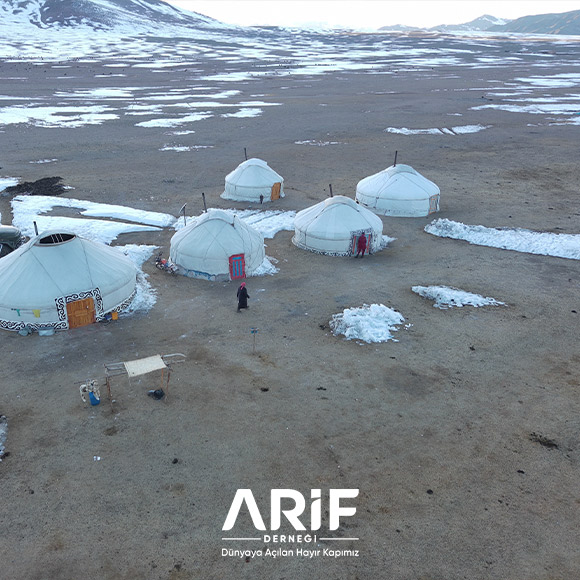Blog
The Land of the Blue Skies, Mongolia…

Mongolia is a country of great significance in terms of Turkish culture. This geography, which houses the earliest known written records of the Turkish language, namely the Orhun Inscriptions, holds a special place due to having hosted various Turkish states throughout history. In fact, the Mongols, who are considered to be an Altai people, similar to the Turks, Koreans, Manchus/Tungus, and even the Japanese, share strong historical ties with us. They speak a language thought to have originated from or separated from the Proto-Altai language.

The Proto-Mongols and Tungus people living in Mongolia were united by the great Hun Empire established by the Turks. From the 3rd century BC, the region came under Turkish domination. Until the early 13th century, the Great Hun Empire, the Göktürk, Uighur, and Kara-Khitai states were the dominant powers. In 1205, the first Mongol state in Mongolia was established by Genghis Khan, who united and organized the tribes. When Genghis Khan died in 1227, the Mongol Empire was divided among his sons.
Located in the eastern part of Asia, Mongolia is the most sparsely populated country in the world. Despite having an area of 1.5 million square kilometers, which is twice the size of Turkey, its population is only 4% of Turkey’s population. Outside of the capital, there is just one person per square kilometer. To the north, it borders Russia, and to the south, west, and east, it borders the People’s Republic of China. The country’s total population is approximately three million. Of this population, 96% are Mongols, and 4% are Kazakhs and other ethnic groups. Governed by a semi-presidential system, the official language of the country is Mongolian, and instead of the Classical Mongolian script, the Cyrillic alphabet, which is more customized for the Mongolian language, is used. The country’s currency is the tugrik.

According to 2010 statistics, it is estimated that there are approximately 150,000-200,000 Muslims in the country, which accounts for about 5% of the total population. The majority of the Muslims in the country are Kazakhs and Khatan Turks, who are concentrated in the eastern part of Mongolia. The rest of the population is composed of 53% Buddhists, 39% who do not follow any religion, and 3% Christians and Shamanists. About 40% of the population is engaged in pastoralism and nomadic life. Mongolia, which gained independence from the Soviet Union in 1990, has no connection to any seas or oceans, and it is almost entirely surrounded by barren steppes and deserts. The famous Gobi Desert is also located within Mongolia’s borders. The semi-arid Gobi Desert in the south of Mongolia covers about two-thirds of the country’s land. There is very little arable and fertile land available for agriculture. The capital of the country is Ulaanbaatar, where 45% of the population lives. Ulaanbaatar consists of arid, infertile steppes, rivers with low flow in some places, and desert-like terrains. This is seen as the primary reason why agriculture has not developed in the country. There is a time difference of +5 hours between Mongolia and Turkey.

Mongolia is a country with a continental climate. With temperatures reaching as low as minus 50 degrees Celsius, it ranks among the coldest countries in the world. Temperature fluctuations are quite irregular and unpredictable. One day, the daytime temperature can be 32°C, and the next day, it can suddenly drop to 10°C. Therefore, it is advisable to be prepared for all conditions, especially during seasonal transitions. The country has very little green space.
One of the things that comes to mind when thinking of Mongolia is the traditional Mongolian yurt. The Mongols refer to these tents as ‘ger’ or ‘yurt’ (a word of Turkic origin), where they continue to live. They are very common throughout the country, especially in rural areas. Those who herd animals or work in construction also prefer these tents as temporary shelters. Made from felt covered with fabric, the yurt has a stove in the center, beds around it, and a special section in the middle that functions as a window, allowing sunlight to enter. This part, which the Kyrgyz also refer to as ‘tündük,’ is made of wood beams, and there is a small entrance door. The fabric of the gers is white, and the doors are usually orange. In Mongolia, horses are still highly valued. They raise horses for special guests and offer them as a gift. For a boy to become an adult, he must be able to ride a horse and use it skillfully.
